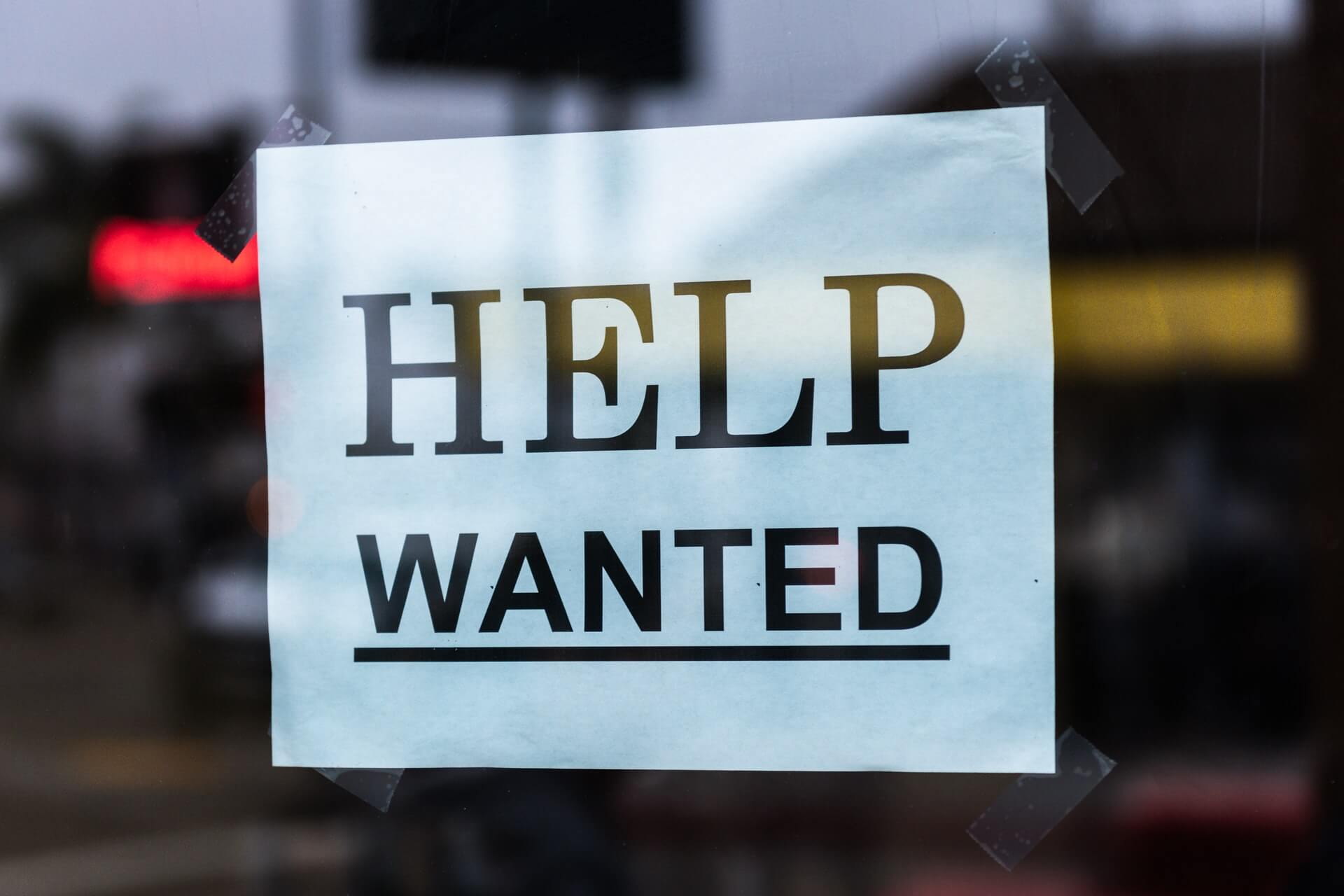You’re Competing Against Chains for Labor
by David Klemt

Independent operators and local chains aren’t just competing with one another for staff, they’re up against global brands.
Unfortunately, that means competing against massive corporations that can offer higher wages and all manner of benefits.
However, smaller operations can still take steps to lure workers and fill open positions.
The Threat
In response to the labor shortage, many national and global chains are increasing hourly wages.
For example, Chipotle boosted wages for hourly workers to $15 per hour a few months back. Along with this boost in wages came a hike in menu prices: four percent across the board.
Earlier this year, McDonald’s also announced they would boost hourly pay. Hourly workers saw a boost of about ten percent. Of course, this chain also found itself dealing with increased supply costs. To offset a rise in costs of at least four percent, McDonald’s also boosted menu prices.
The latest to enter the labor fray is Starbucks. And like other chains, the corporation addressed the issue of hourly wages publicly.
Indeed, Starbucks’ announcement shares several details. First, staff who have worked for the company for a minimum of five years could see a pay raise of ten percent. Those who have been with the company for at least two years (but less than ten) could get a raise of five percent.
However, it doesn’t end there. Starbucks workers in the United States can take advantage of $200 referral bonuses. On average, Starbucks says hourly wages will range from $15 to $23 per hour, with an average of $17 per hour. The company expects these wage changes to be in place by Summer 2022.
Solutions
Of course, one doesn’t have to need revenue in the tens of millions or billions of dollars to compete for staff.
We’ve addressed this topic several times on the KRG Hospitality site. In particular, we’ve brought up increasing menu prices to support wage hikes. Specifically, we recommend borrowing from Chipotle and McDonald’s: Be transparent and explain why menu prices are going up.
Additionally, Bar Hacks guests like Chef Brian Duffy and Lynnette Marrero have spoken about this topic.
As Chef Duffy says during his second appearance, treating staff better is a big step toward reducing turnover. Word spreads among hospitality workers, and improved employer-employee relations is an excellent recruitment tool.
Another effective benefit? Flexible and improved scheduling which, of course, can be implemented easily via scheduling apps.
Mentorship is a powerful recruiting and retention tool. Both Chef Duffy and Marrero believe in the power of this benefit. They have decades of experience to pass on to staff that can help their careers.
Marrero also suggests implementing labor structures that corporations don’t offer. For instance, she suggests new operators are well positioned to offer earned equity, profit sharing, and co-op ownership structures.
Existing operators can also leverage Marrero’s ideas. However, they’ll need agreement from their investors if they have any.
Now that you know where labor threats are coming from, you can strategize and fight back. You may not have billions of dollars in the bank, but you’re nimble and can implement changes much more quickly. Listen to your staff and be open to making meaningful but reasonable concessions.
Image: Fernando Venzano on Unsplash




